How can content marketing fuel digital success? Here in the digital era, companies confront tremendous rivalry. Customers are continually inundated with information, making it even more challenging to stand out. So, how can businesses guarantee that their message gets across? Efficient content marketing holds the key. Attracting, engaging, and converting target audiences is within the reach of companies with the correct techniques. Blog articles and status updates are only the tip of the iceberg regarding content marketing. Meeting client demands, increasing brand exposure, and driving long-term benefits are all goals of high-quality content creation. To help you make the most of your online presence, this post will go over crucial content marketing tactics for reaching digital success.
Understanding Your Audience
The key to successful content marketing is understanding your target demographic. Your efforts will only be worthwhile if you know who you’re aiming for. Making fictitious depictions of your ideal consumers, or buyer personas, is crucial. This information lets you better understand their wants, habits, and requirements. Is getting a fast response their priority? Would they rather have compact manuals? When you learn about their problems and aspirations, personalize your material to address their needs. Although knowing basic demographics like age, location, and occupation is critical, it is also crucial to go further. Think about their habits while they’re online, the sites they frequent, and the media they like to watch. Using this data, you can produce engaging, tailored content that speaks directly to your target demographic.
Crafting a Content Strategy
For success, you need a content strategy that has been well-considered. Content production may quickly become unproductive and inconsistent without a plan. Make a list of all your objectives. What is your goal? More website visitors, leads, or sales? Outline the content types that will assist you in reaching your goals after you have them clearly defined. Articles, videos, podcasts, infographics, and other media might fall under this category. The next step is to create a content schedule and decide how frequently you will post material. Maintaining your audience’s interest requires consistency. Social media, email, and sponsored advertisements are some distribution methods to consider. Maintaining content concentration, timeliness, and alignment with broader company objectives is the goal of a strong content strategy.
The Power of SEO in Content Marketing
Search engine optimization (SEO) is a critical part of content marketing. SEO refers to the steps you take to improve your content’s visibility in search engines like Google. More potential clients will be able to see your content if it ranks higher. Use keywords specific to your audience and their search terms to accomplish this. Content should flow organically and provide value; keyword stuffing is outdated. Additional SEO-important elements include meta descriptions, alternative text tags, and internal links. Think about link-building tactics that boost your site’s authority and on-page SEO. Make sure your content reaches more people by adhering to SEO best practices.
Creating High-Quality, Engaging Content
Any effective marketing plan must begin with high-quality content. It’s not all about quantity; creating a flood of material that fails to captivate your audience can lead to disappointment. To be of high quality, your work must provide value to your audience and solve their problems. All of your information, be it blog entries, videos, infographics, or anything else, has to be exciting and easy to share. Clear and concise writing, as is the use of attention-grabbing headlines, is essential. Storytelling emotionally. Engage your audience emotionally further focused by creating high-quality content that establishes your brand as an expert in your field, cultivates trust, and strengthens connections.
Leveraging Social Media for Distribution
Good content creation is only half the battle. Use social media for dissemination if you want it to reach the broadest possible audience. Social media sites with robust advertising capabilities include LinkedIn, Instagram, Twitter, and Facebook. Increase brand recognition and customer loyalty through direct audience engagement on social media. You need to modify your content to suit the specific audience that each platform serves. Instagram is perfect for visually attractive material, but LinkedIn is ideal for conveying professional ideas. Posting often and engaging with your audience increases exposure and motivates them to share, like, and comment. Your content marketing efforts will have a more significant impact if you incorporate social media into them.
Utilizing Email Marketing to Nurture Leads
Lead nurturing and conversion optimization are two areas where email marketing shines. Sending personalized content to visitors who have subscribed to your email list is a great way to keep them engaged and increase conversions. With the help of customized email marketing, you can reach your audience with updates, deals, and material that is genuinely relevant to them. To send more personalized emails, divide your list into segments according to demographics, interests, and past actions. Email marketing initiatives only succeed if they include interesting subject lines, apparent calls to action, and helpful content. Lead nurturing, which involves keeping leads engaged and increasing the likelihood that they will convert into customers, may be achieved by integrating email and content marketing.
Measuring and Analyzing Content Performance
Making content without tracking how well it does is like trying to aim in the dark. You must monitor critical indicators to ascertain the efficacy of your content marketing plan. You may track website traffic, bounce rates, and average pageview duration using tools like Google Analytics. You can see which pieces of content are doing well and which need to be using these data. Engagement rates and audience behavior may also be gleaned from social media statistics. Your content’s performance analytics can help you fine-tune your approach. Ensure your content meets your goals by evaluating these data often.
Repurposing Content for Maximum Value
Since creating new material takes time, why not find new uses for old stuff to make the most of it? To repurpose something is to change its format so that it may be used in a different way. For instance, you can transform a blog post into a video, infographic, or podcast episode. Not only does this method cut down on wasted time, but it also opens the door to new demographics. Some would rather read an article or view a video than listen to a podcast. Repurposing previously published material is one way to increase exposure and give it a second chance. Using this method, you may efficiently make more use of the material you have previously produced.
WooCommerce Popup Cart and Customer Engagement
Consumer involvement is crucial for online merchants to increase sales. Using the WooCommerce Popup Cart functionality is one approach to enhance the buying experience. To streamline the checkout process and reduce cart abandonment, this useful widget gives consumers a fast glance at their basket. Customer satisfaction and conversion rates might rise because of its simplicity of use. Improving the user experience is essential for client retention, and you can do this by adding beneficial features to your website, such as the WooCommerce Popup Cart. Promoting these easy-to-use resources in your content makes consumers feel valued, increasing their likelihood of returning.
Role of Influencers in Content Marketing
Influencer marketing is an additional potent tactic to further strengthen your content marketing campaign. One way to access influential people’s audiences is to collaborate with them. Recommendations from influencers who have established reputations and trust with their audiences may boost your brand’s exposure and, ultimately, your sales. Choosing an influencer that resonates with your target demographic and shares your brand’s values is critical. Excellent micro-influencers, including micro-influencers, can achieve outstanding outcomes and have tiny but very engaged followings. To increase exposure and credibility for your company, collaborating with influential people is a significant first step.
Conclusion
Planning, ingenuity, and consistency are essential for the long-term success of any content marketing campaign. The first stages to success include knowing your target, developing a good plan, and using technologies like social media and search engine optimization. You can increase your content’s performance through measurement and reach more people through repurposing and influencer marketing. A company’s digital presence and client connections may be bolstered by concentrating on engaging and valuable content. A solid content marketing strategy is essential for sustained success in today’s dynamic digital world.

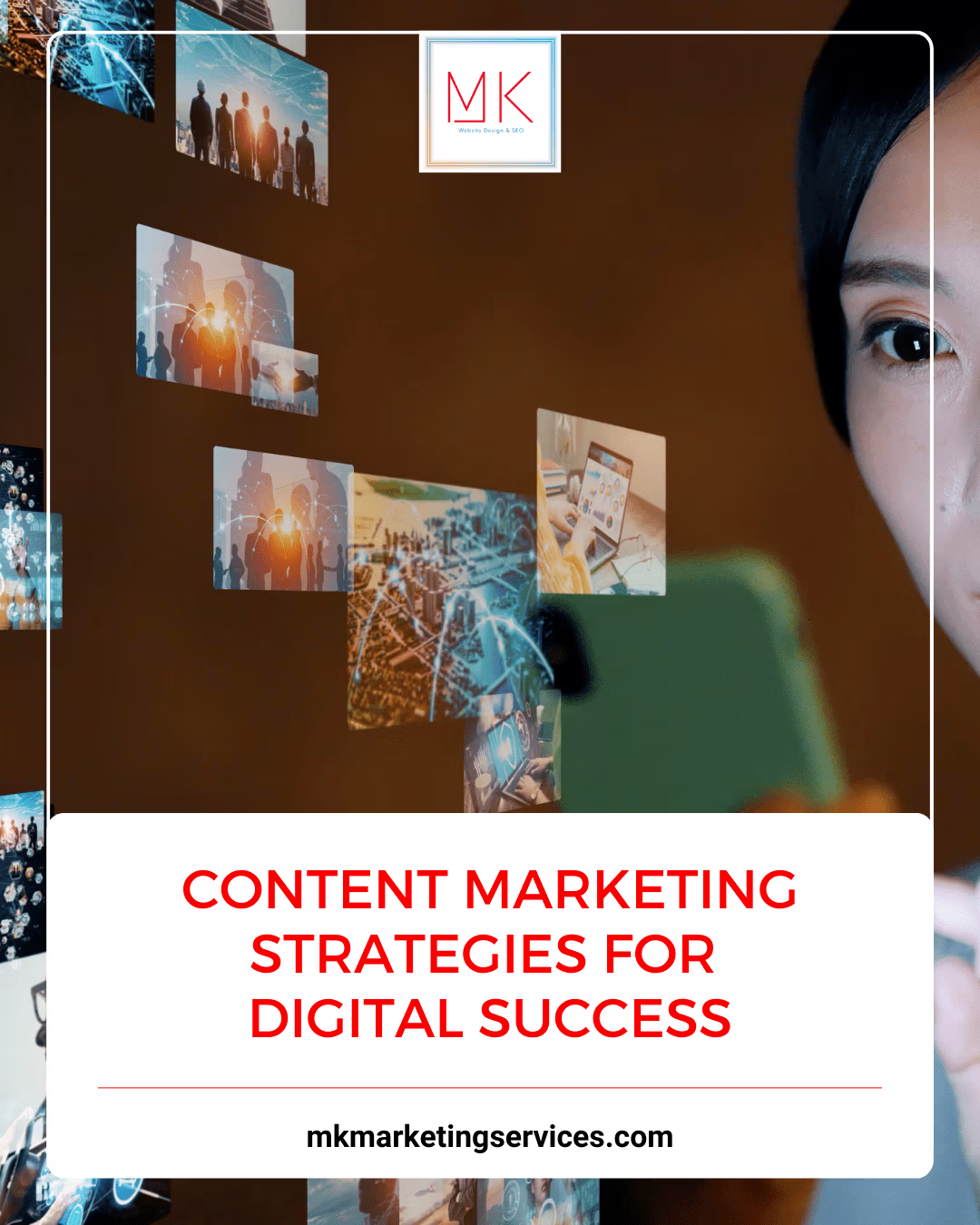
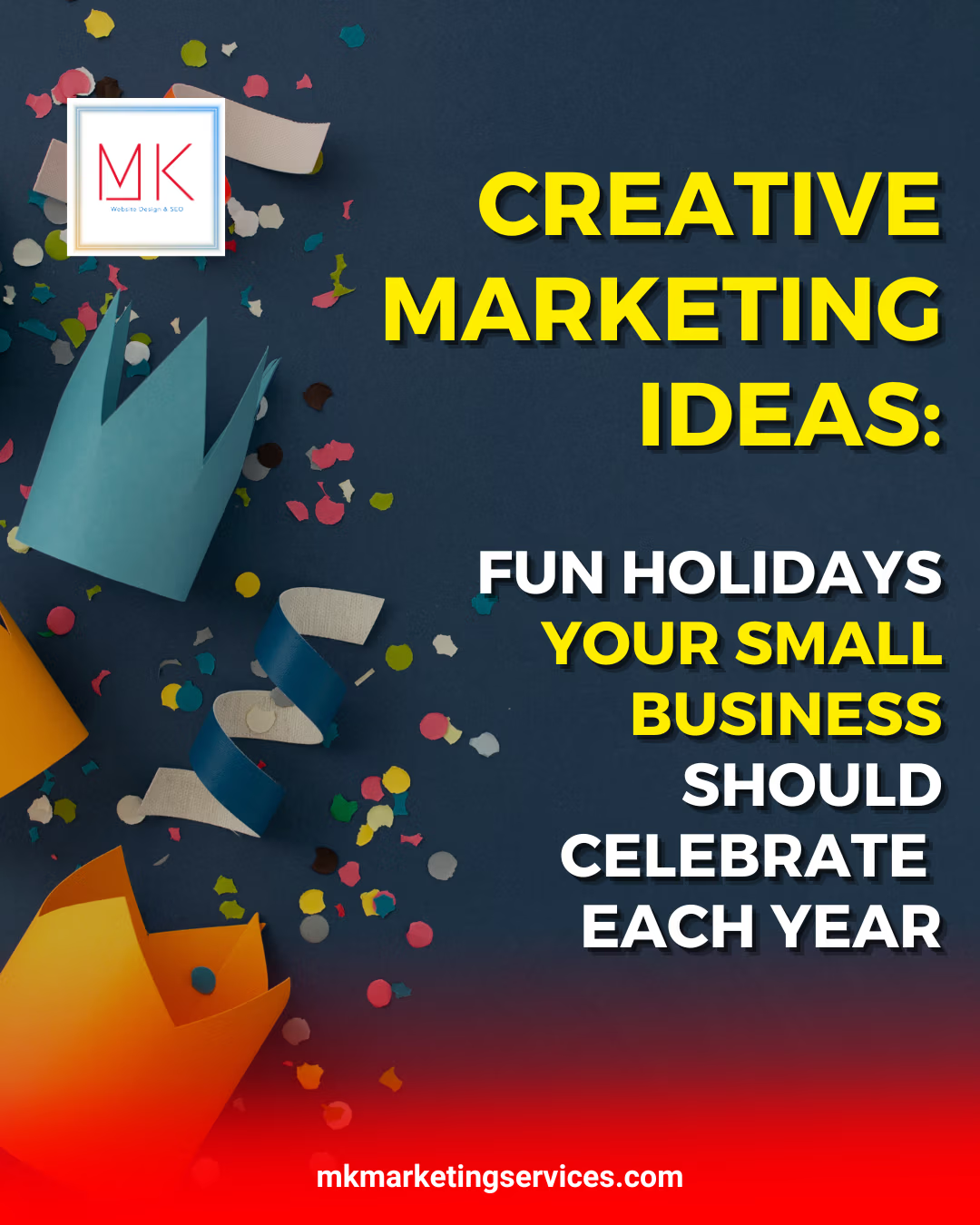
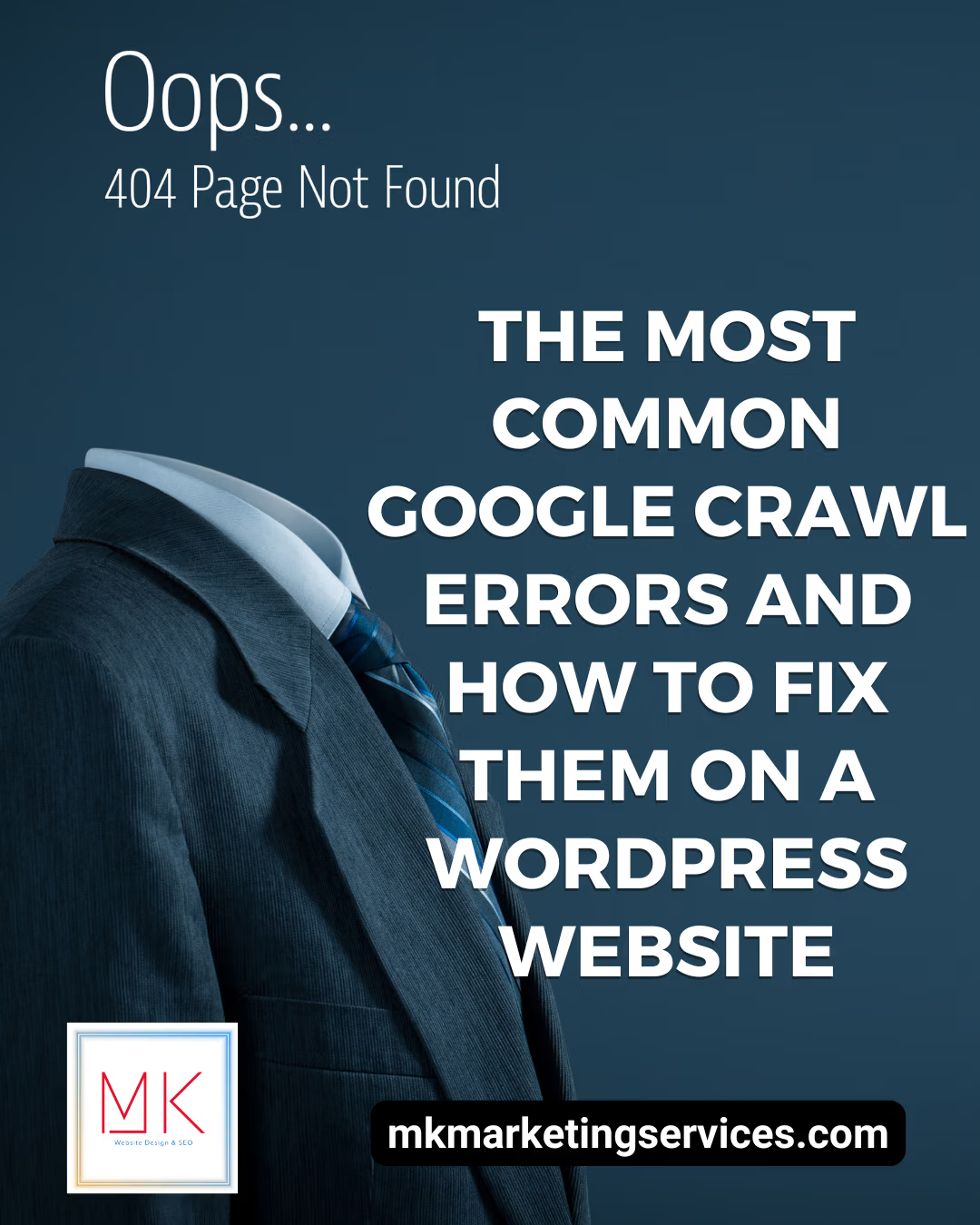
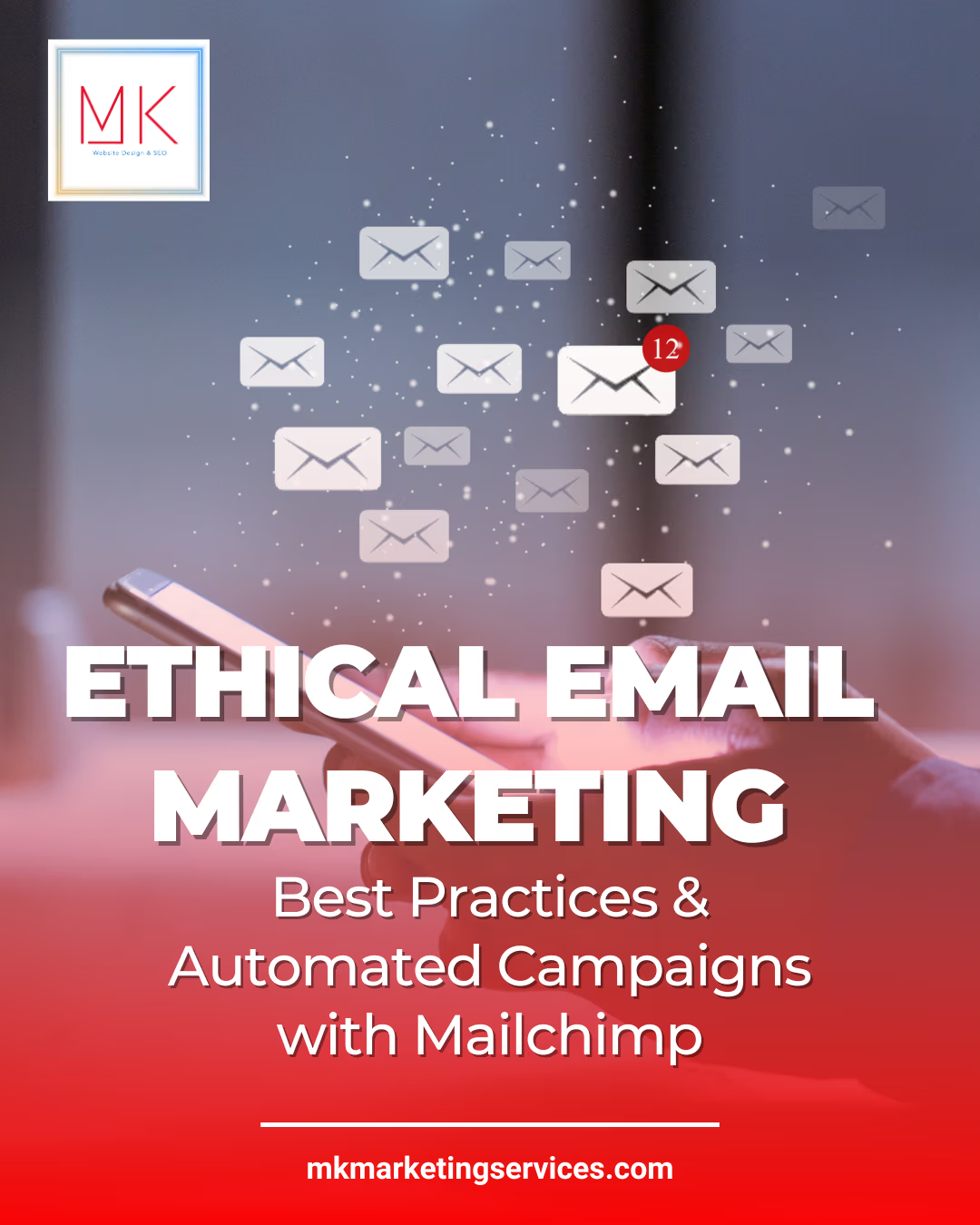
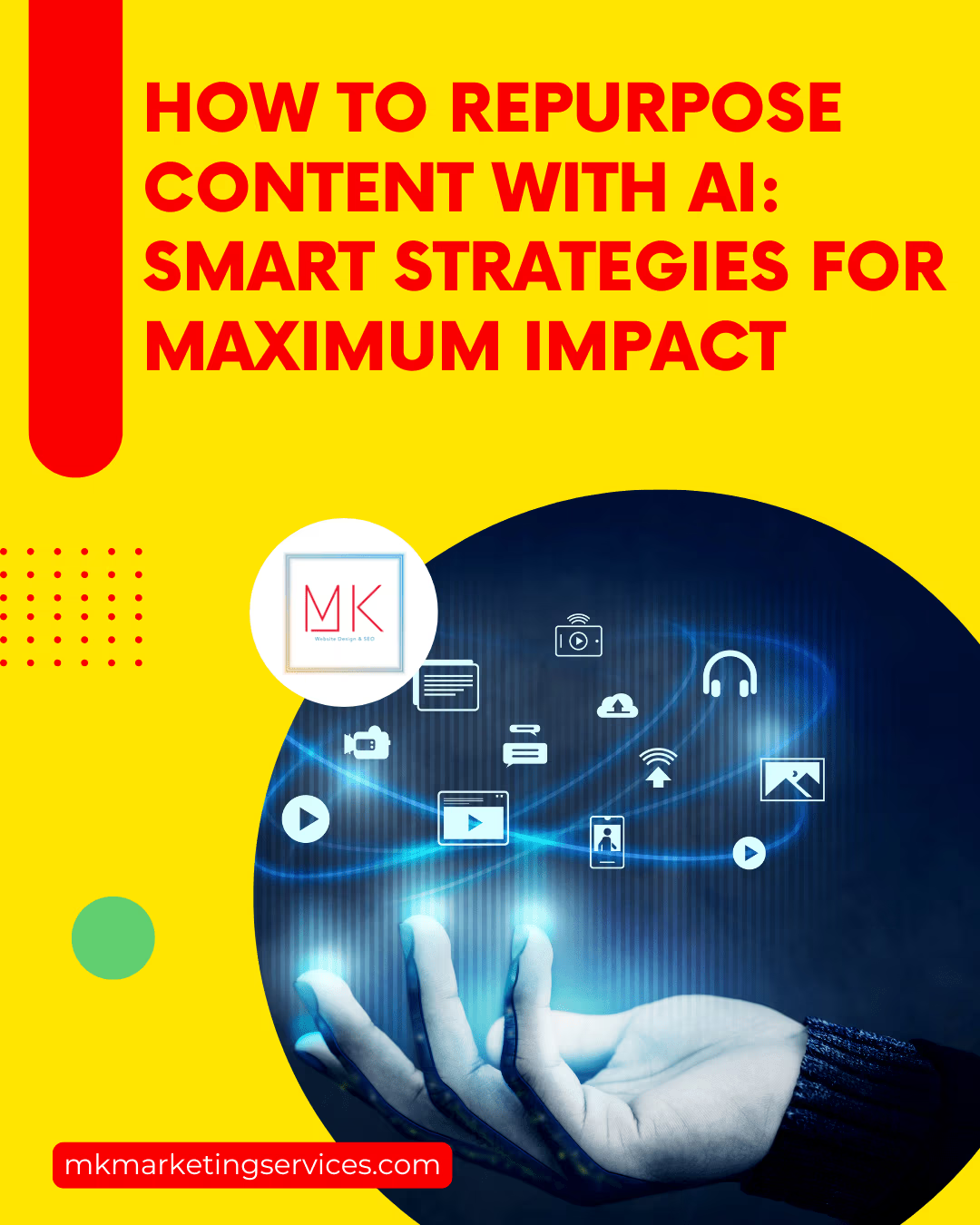
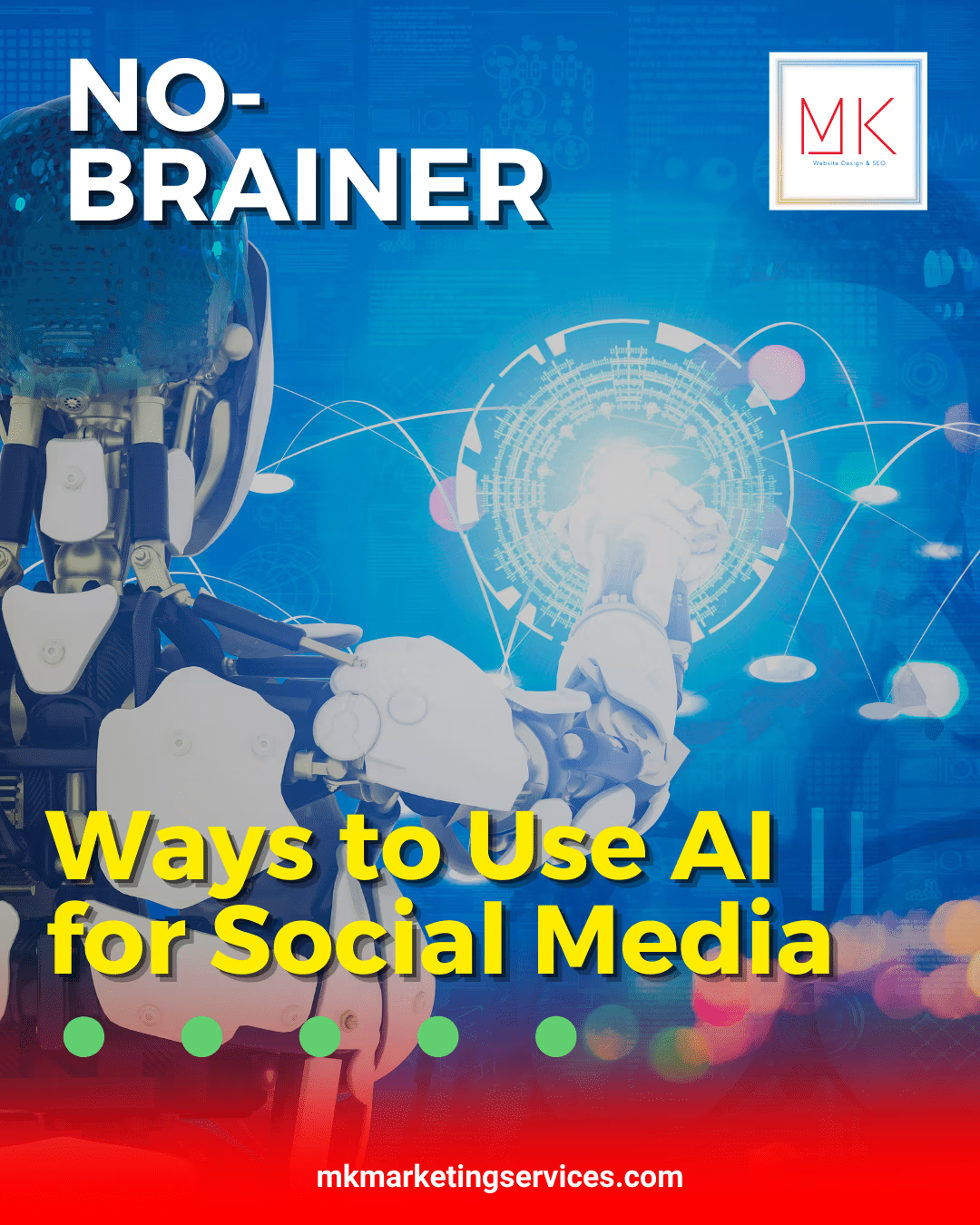


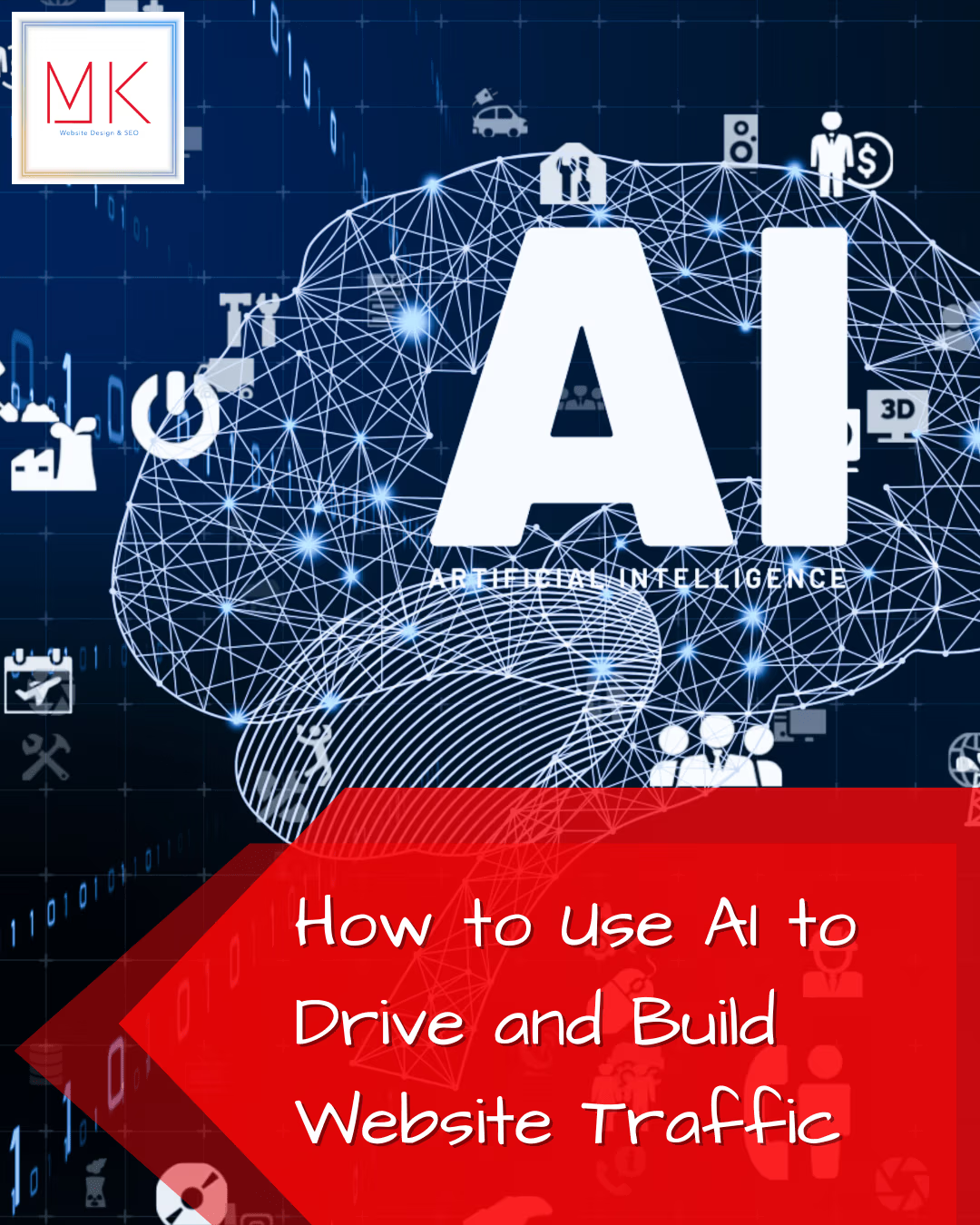
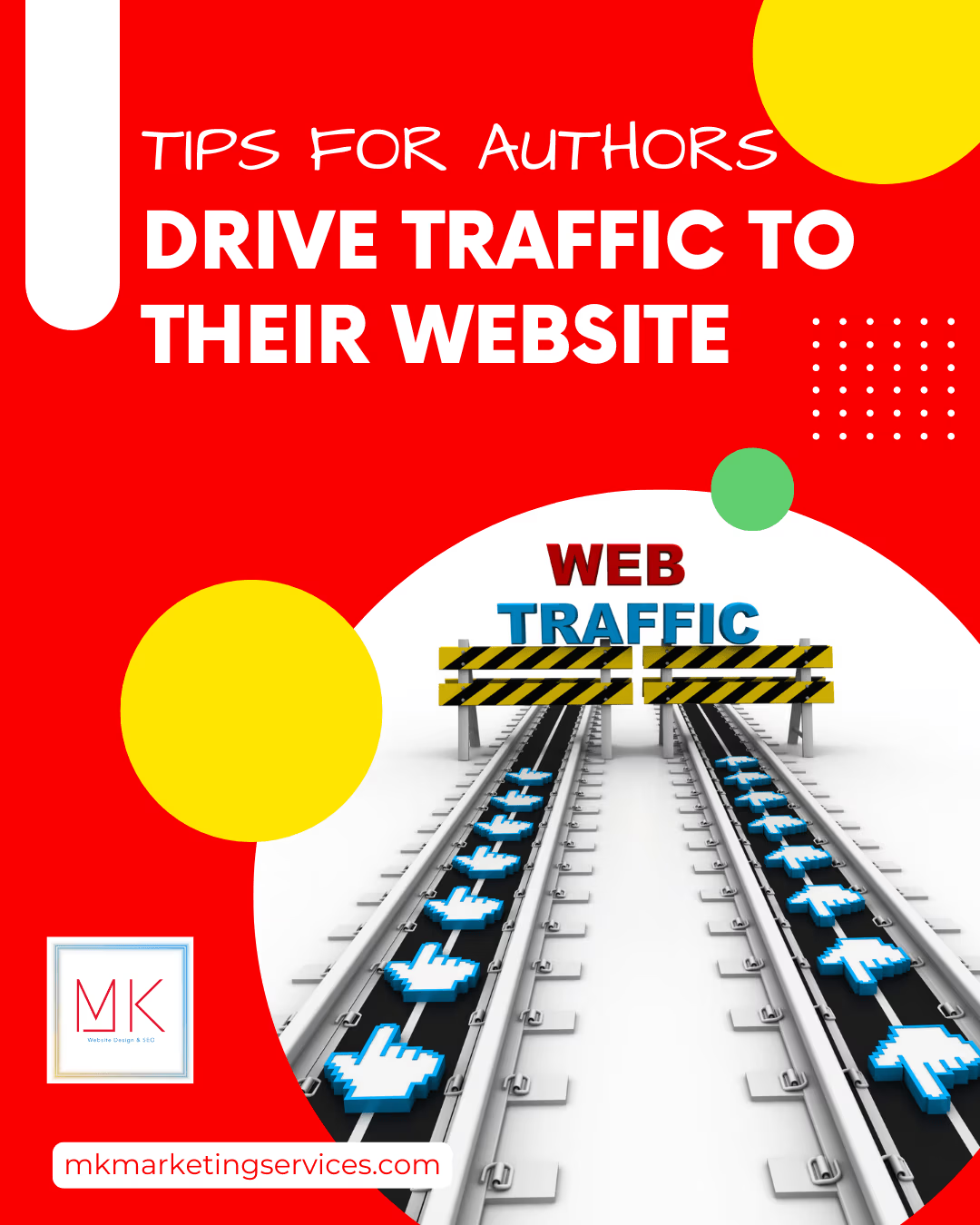

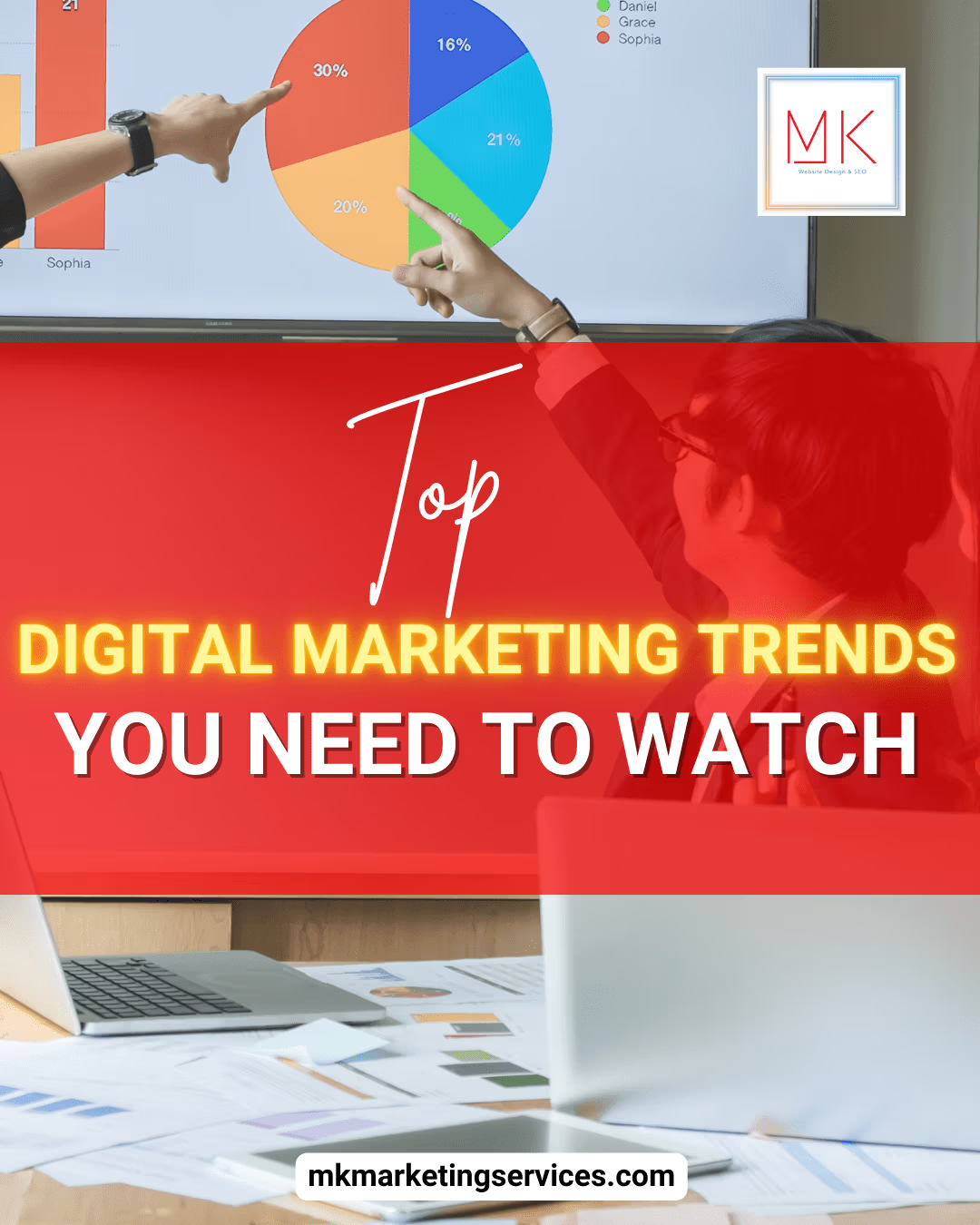

One Response
Content marketing strategies in creating valuable, audience-focused content are important to digital success. Also, engaging storytelling truly makes a difference. Nice!